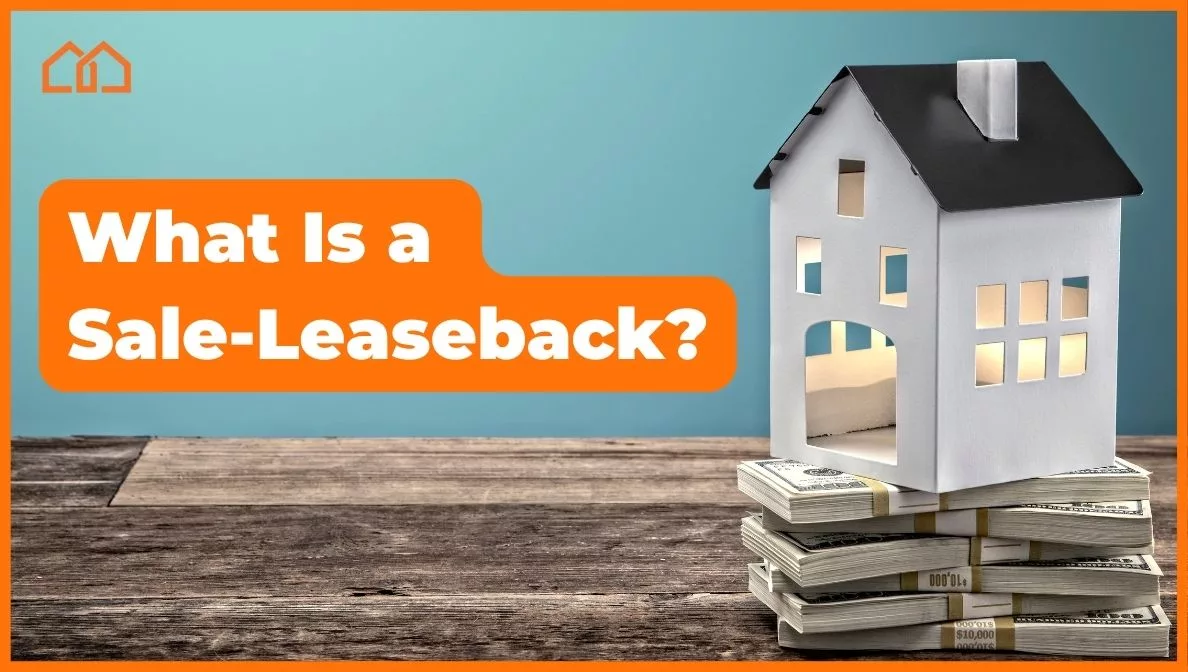What Is a Sale-Leaseback Agreement?
In the real estate industry, brokerages have created various solutions to help their clients have the best experience. Among these solutions is a sale-leaseback, which enables property owners to sell an asset and then still have access to it as a tenant.
This convenient option benefits our clients in many ways, especially when buyers want to time a move-in just right. It’s an excellent way to make the most of one’s real estate assets to sweeten a home contract deal or time a move into a new construction home just right. Let’s dive deeper into what a sale and leaseback definition is and whether it can meet your real estate needs.
What Is a Leaseback Defined as?
A leaseback, also known as a “sale-leaseback” or “sale and leaseback”, is an arrangement that allows a property owner to sell an asset but have access to it through renting it from the buyer/lessor. It’s often called a post-occupancy agreement or leaseback arrangement in the home sales contract. When it is ratified, it is called an official leaseback agreement. The former owner can stay in the house for free (if it’s agreed upon) or pay rent to the new owner via a temporary lease agreement.
In real estate, a sale-leaseback arrangement mainly refers to when a former homeowner/seller stays in the house they have sold while paying rent to the new owner. The buyer and seller must agree on the terms of the typical sale-leaseback, which include:
- The length of the leaseback period.
- Amount of rent payments during the lease term.
- Responsible parties for utilities and maintenance.
- Security deposit and conditions for its release.
- Post-occupancy inspection terms.
- Any other terms and conditions both parties desire, such as lease renewal options.
Though some sale-leaseback transactions can last up to a year as a long-term lease, most last between a few weeks to 90 days. They are often used as perks and incentives instead of a source of long-term cashflow. There are many reasons why exploring a sale and leaseback definition can benefit property owners, and it can be an excellent way to accelerate your financial goals.
Who Benefits from a Sale Leaseback?
Leasebacks benefit both parties of a real estate transaction in a variety of ways. By unlocking a property’s equity and gaining the freedom to move on your terms, sellers gain access to various beneficial moves. Primarily, they can use equity for a major financial transaction such as buying another home or paying for a major business expense. Here are some other instances in which a leaseback is helpful to property owners.
1. A new construction home buyer who needs every advantage.
A leaseback enables the buyer to get cash in hand and make a no-sales contingency offer on a new build. Marketplace Homes takes this incentive to a new level with our sell and stay program, where we buy their home and give them the cash they need to close. Then, the buyer can remain in their home and make rental payments until the new build is complete. No need to move twice!
2. A homeowner who needs a lump sum of money ASAP.
Sometimes the homeowner doesn’t want to move but needs to cash in on equity for an immediate financial need. They may also have plans to move in the future but want the flexibility of a short-term lease. Lease payments give the homeowner the money they need now without using a HELOC or reverse mortgage from a lender. Plus, as the lessee, they no longer have to be responsible for significant upkeep.
3. A buyer who wants to negotiate like a boss in a seller’s market.
Inserting a post-occupancy agreement with favorable terms into your offer can give you an edge when there are multiple offers. Sellers love leasebacks because they help them get their affairs in order so they can move when they are ready. This means they don’t have to make compromises on a new home’s condition, purchase price, and other characteristics.
4. Business owners that need to retain the use of a former asset.
Commercial real estate owners also benefit from leasebacks. Namely, they are excellent financing options for a business slated to grow but still needs time to phase out an old location. In the meantime, the business has gained the capital for accelerated growth and gets to continue business operations in their former asset.
5. New owners can cash in.
Whoever acquires the property becomes the lessor and collects a new stream of rental income through the sale-leaseback. Though it’s not usually a long-term option, a temporary operating lease can give the buyer some extra income.
6. Former owners may have options if market conditions change.
In some cases, such as in our Sell and Stay program, owners-turned-renters may repurchase their old home. This isn’t typically possible with standard home sales though. Whether they want to reclaim it as a real estate investment or primary residence, it’s comforting to have the choice to reverse the decision.
As you can see, a sale leaseback is a creative solution that can be a win-win for multiple parties in different real estate niches. To find out if this option is right for you, speak to one of our real estate agents today.
Sale Leaseback Definition
Marketplace Homes is a full-service brokerage that can serve a variety of real estate needs, including offering you a sale leaseback. If you want to learn more about what a leaseback definition is or the other real estate solutions we offer, talk to our experienced team of real estate professionals today.

